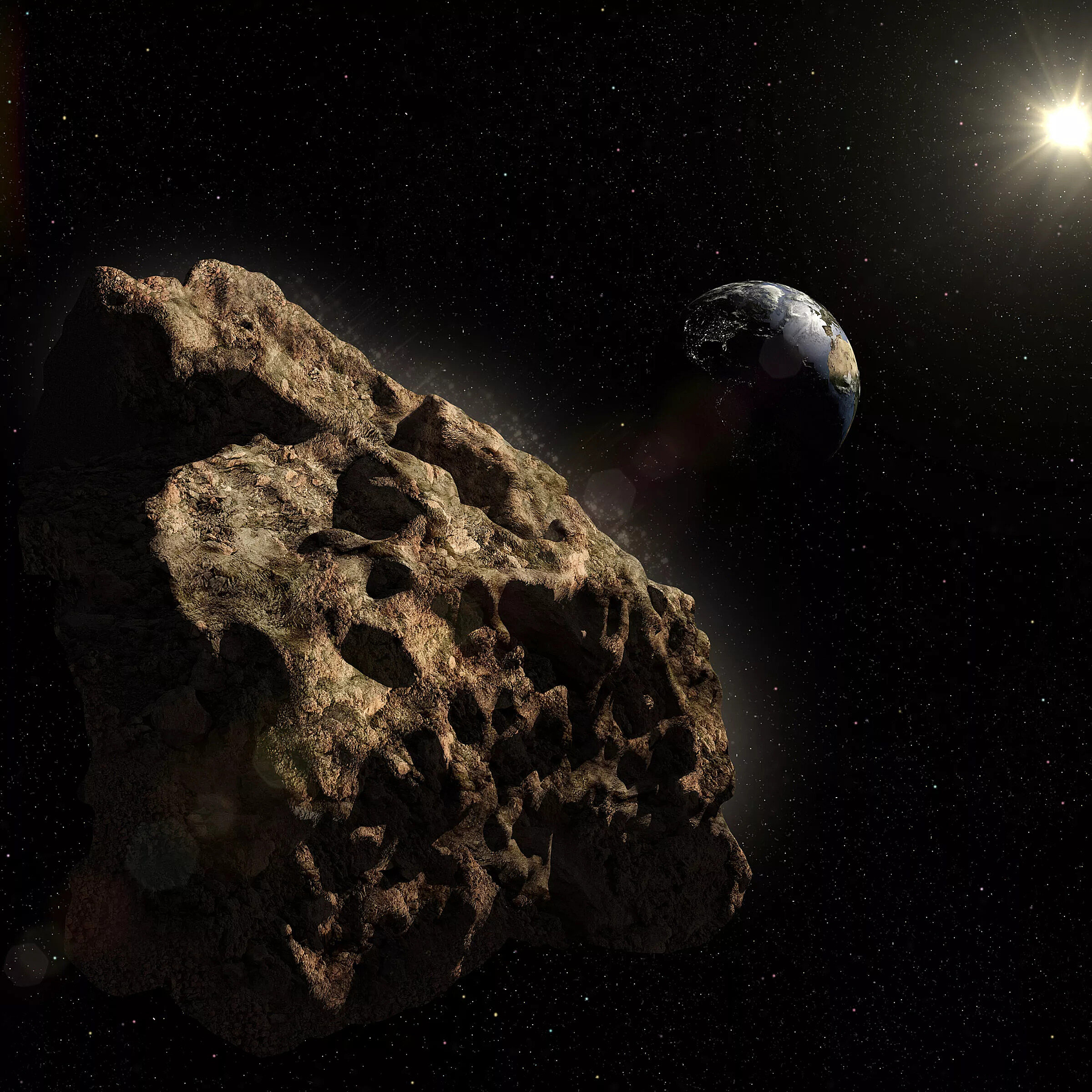The Downlink • Jun 03, 2022
A hazy shade of winter
Space Snapshot

The frost we see on crisp winter mornings here on Earth isn’t unique to our planet. NASA’s Mars Odyssey spacecraft spotted morning frost in each of these four images taken during the Martian winter. The whitish areas in each picture are carbon dioxide frost that formed overnight. Like with water-ice frost on Earth, the rising Sun tends to warm up the surface enough to melt the ice in the daytime, although on Mars it sublimates straight to its gaseous form. Image credit: NASA/JPL-Caltech/ASU.
You love space, now take action
This weekly newsletter is your toolkit to learn more about space, share information with your friends and family, and take direct action to support exploration. Anyone can subscribe at planetary.org/connect to receive it as a weekly email.
Mission Briefings


Scientists have grown plants in Moon soil for the first time ever. A team from the University of Florida used samples of lunar regolith brought back to Earth by the Apollo missions to grow thale cress (Arabidopsis) plants from seed (pictured). The plants’ roots grew differently from those from a control group planted in Earth soil, adapting to the different conditions provided by the lunar soil. Image credit: Tyler Jones/University of Florida/IFAS.

Ingenuity is hunkering down for the winter. Martian winter brings with it more dust storms, less sunlight, and colder temperatures, all of which make operating the helicopter spacecraft more difficult. Mission engineers have decided to pause flights for the next few months until conditions are better, with the hope that Ingenuity will fly again in the Martian spring.

Scientists may now know why Neptune and Uranus are different shades of blue. The two ice giants are similar in size and atmospheric composition, so the reason for their apparent differences were unclear. New research from the National Science Foundation's National Optical-Infrared Astronomy Research Laboratory suggests that a "stagnant, sluggish" atmosphere on Uranus allows haze to build up and concentrate, making it a lighter color than Neptune.
From The Planetary Society


There’s a planet party, and we’ve got your invitation! Check out the first installment of our new monthly night sky update, telling you what to look up for throughout the month of June. Pictured: A simulated view of the pre-dawn sky in the northern hemisphere later this month. Image credit: Bruce Betts/The Planetary Society using Stellarium.

The asteroid threat is a global problem that requires global solutions, and a new actor is stepping up. China recently announced a new planetary defense program that will coordinate the nation’s efforts to find, track, and deflect near-Earth objects. Here’s everything you need to know about the new program.

The beauty of the Cosmos is some of the best artistic inspiration out there. Amanda Lee Falkenberg, composer of the Moon Symphony, knows this well. She joined Planetary Radio host Mat Kaplan at a special live event in London, England last month, along with Cassini Project Scientist Linda Spilker, Europa Clipper science team members Mark Sephton and Ashley Davies, and London Symphony Orchestra conductor Marin Alsop. On the latest episode of Planetary Radio you’ll hear excerpts from the Moons Symphony along with a fascinating discussion of the intersections of art and science.
What's Up

The pre-dawn skies are awash with planets. Low to the eastern horizon Venus shines super-bright. In the same direction Mercury appears just above the horizon, and will continue to rise higher in coming days. Nearby, reddish Mars and bright Jupiter shine close to one another, with Saturn a little higher up. Find out more about what’s in the night sky this month.
Help Defend Earth Today

Asteroid impacts could threaten life as we know it, but they aren’t inevitable. We can prevent them if we take steps to find, find, track, and characterize near-Earth asteroids and comets, support and advocate for the development of asteroid mitigation technologies, and keep collaborating with decision-makers to develop international response strategies to defend Earth. The Planetary Society does this essential work year-round, and you can help. Give today to support our planetary defense program and keep our planet safe. Pictured: An artist’s impression of an asteroid approaching Earth. Image credit: Ray Cassel.
Wow of the Week

Planetary Society member Kim Braun of Tucson, Arizona, made great use of spare time during the pandemic to create this fantastic sculpture. Entitled "Lord Frith" after the character in Richard Adams' novel Watership Down, this “objet trouvé” sculpture is made of old, rusted gears and other found objects that Braun collected for over five years. “In the story,” says Braun, “Lord Frith is the Sun, whom the rabbits deem as a god. According to the rabbits, he created the world. I envisioned Lord Frith as a generator of planets and stars. He stands in front of my house at 12' tall by 14' wide, and the piece towards the center turns.” Image credit: Kim Braun.
Special call for space art!
We are looking for artwork depicting the planet Uranus! If you’re an artist and have something on this subject that you can share with us, email it to [email protected]. Please let us know in your email if you’re a Planetary Society member!


 Explore Worlds
Explore Worlds Find Life
Find Life Defend Earth
Defend Earth


